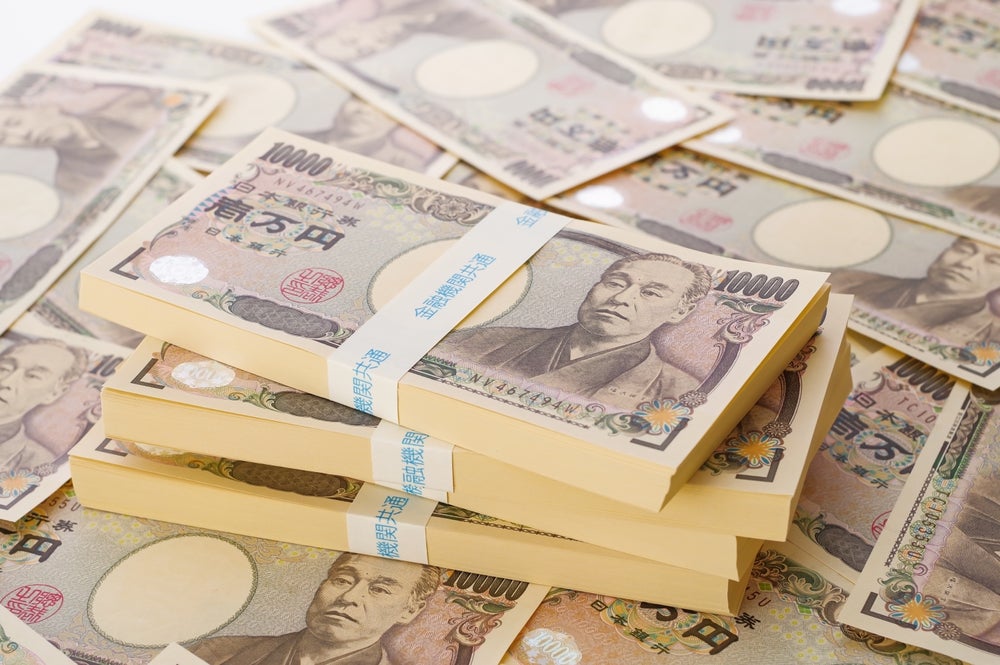In 2023, the world’s worst-performing currency was the Japanese yen, which recorded its lowest rate in thirty years. What does 2024 look like? Luca Castoldi writes
In 2023, everybody was focused on China, both on its own internal and external issues, and on the depreciation of the Renminbi. But the worst performing currency worldwide was the JPY (if we exclude some idiosyncratic situation like Turkey and Argentina), which plunged from 131 against the USD to a thirty-year low of 152 in November and closed the year around 141. This 16% move, from 131 to the peak in November, is quite spectacular for a currency well known for its defensiveness and stability. If we were to also consider 2022, the total depreciation amounts to more than 30% from the peak.
The Japanese yen: more depreciation in 2024?
The reason for the Yen’s depreciation has been the Bank of Japan (BOJ)’s determination to maintain easy monetary policy to support the domestic economy, in a situation where all other central banks, notably the Federal Reserve (FED) in the US, and the European Central Bank (ECB) in Europe started to hike rates quite aggressively from mid-2022, to try to control their domestic inflation.
The BOJ continued to buy a significant amount of domestic government bonds in the market to hold the 10-year JGB rate at 0.5% at first, and later adjusting modestly to 1%, as part of its yield curve control (YCC). With Japanese rates being held so low, interest rate differentials between the US and Japan have widened significantly, reaching around 5% in 2023 on the 2-year government bond, allowing investors to enjoying a significant “carry trade”, borrowing in JPY at almost 0% and investing in USD at 5%. This differential has encouraged many investors to chase this trade, putting a lot of pressure on the JPY.
The JPY depreciation benefits Japan by bringing imported inflation, which has been missing for the last 20 years and has been a target of the BOJ to drive the country out of its deflationary spiral to reach a 2% core inflation target (the BOJ does not target the FX, which is a matter for the Ministry of Finance) and it benefits exporters by making exports more competitive. On the other hand, a quick and continued JPY depreciation can affect the purchasing power of Japanese households and reduce Foreign Direct Investment (FDI) into the country. For this reason, officials have been trying to draw a “line in the sand” at different levels, the most recent one at 150, intervening both verbally and in the market, to defend the currency.
The Tokyo core-CPI hit 4% in July last year, thanks to imported inflation and issues in the supply chain due to the Ukraine-Russia war, but sustainability is key and recently, the data has started to disappoint again with the CPI hitting 3.1% vs the expected 3.4%.

US Tariffs are shifting - will you react or anticipate?
Don’t let policy changes catch you off guard. Stay proactive with real-time data and expert analysis.
By GlobalDataWhat’s to come this year?
What should we expect in 2024? It seems that the BOJ is trying to exit the accommodative policy with a 2-year lag against other central banks, because they own more than 50% of Japanese Government Bonds. They made a few small steps last year pushing the limit from 0.5% to 1% for the long-term yield, and later adjusting the 1% “hard-line” to just a “reference”.
The BOJ will most likely exit the Negative Interest Rate Policy (NIRP) from its current -0.1% to 0%, possibly in March or April, but it will not be aggressive in hiking rates thereafter because the economy cannot afford to do so. The recovery of both inflation and GDP is still quite mild and needs additional support. The FED’s decisions will likely be more important than the BOJ’s in reducing the rate differential and supporting the JPY, which is cheap from a real exchange perspective. The FED, on the other hand, is willing to reduce rates as soon as possible throughout this year, unless inflation remains stickier than expected. It therefore seems everything is in place for the appreciation of the JPY going forward.
Luca Castoldi is senior portfolio manager at REYL Intesa Sanpaolo









